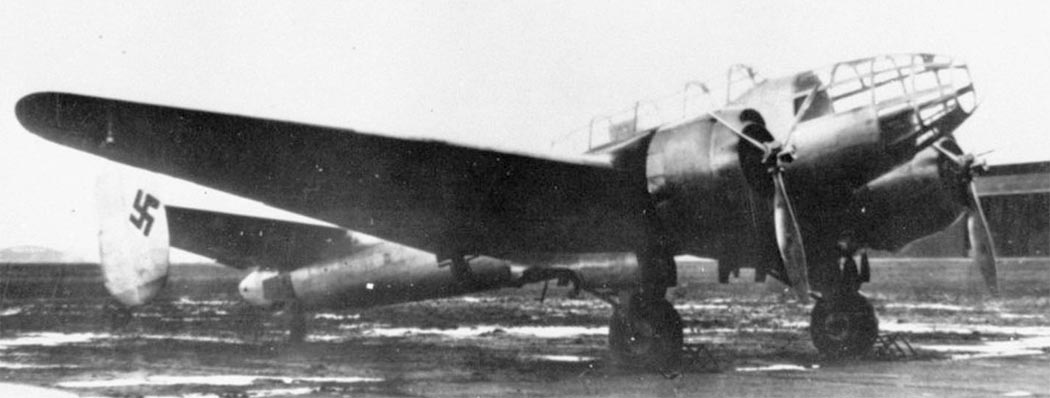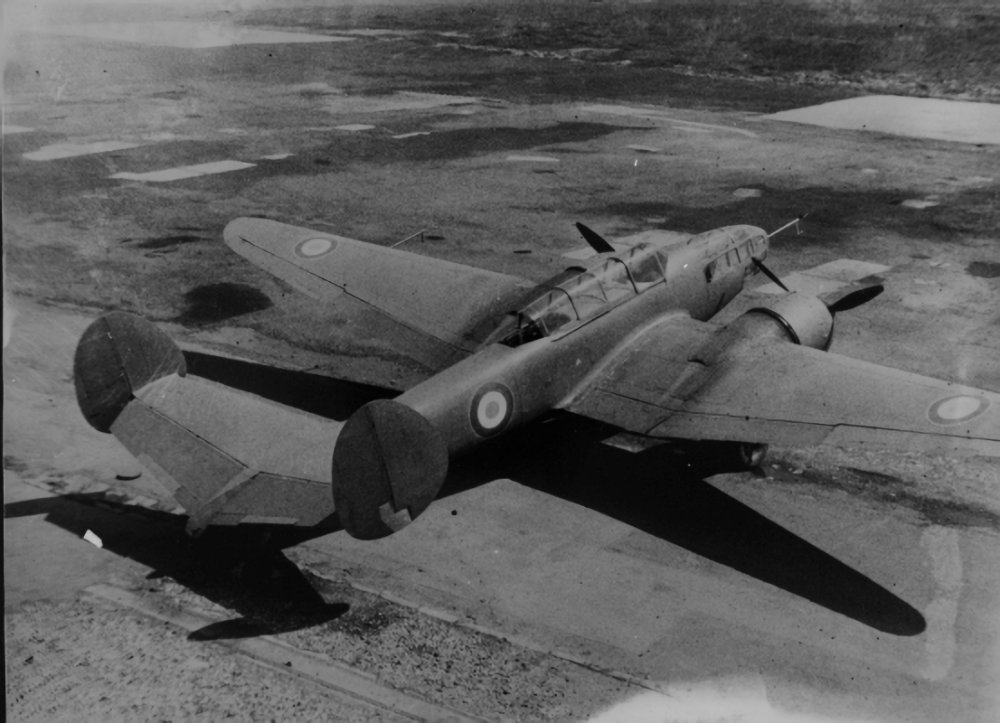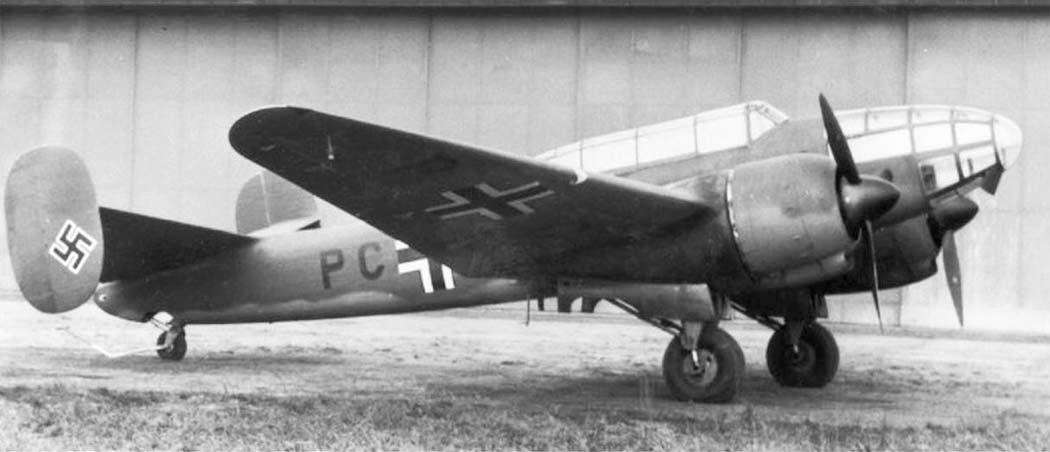Tag: Second World War
-
Bloch MB.176 French Bomber

Bloch MB.176 French Bomber Read more
-
Bloch MB.175T French Torpedo Bomber

Bloch MB.175T French Torpedo Bomber Read more
-
Bloch MB.175 in German Service

Bloch MB.175 in German Service Read more